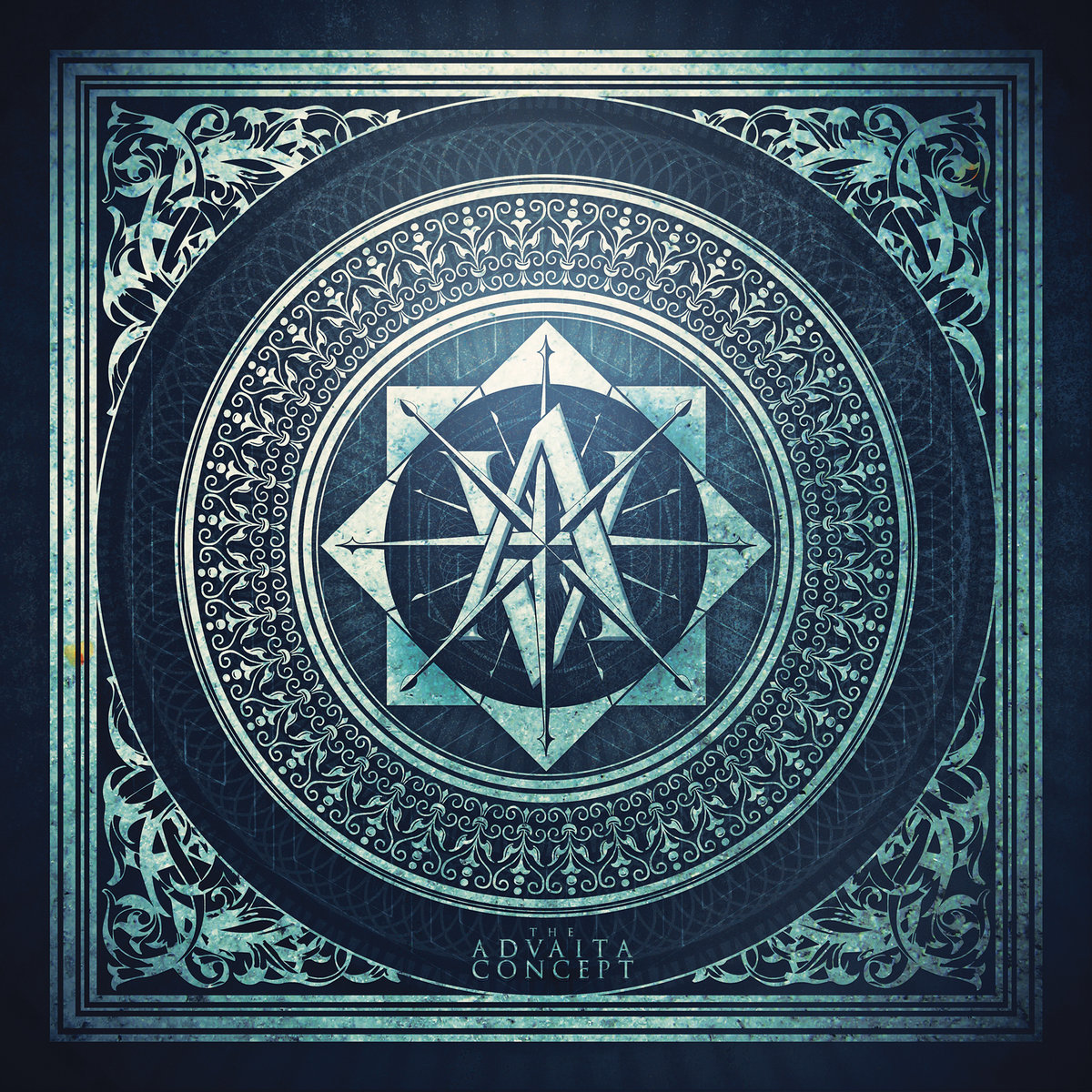
Wiki / Satsang
Inhaltsverzeichnis: (verbergen)
 |
|
Satsang |
Artikel von Alan Jacobs, Advaita and Western Neo-Advaita [Neo-Advaita – westlicher Prägung], original präsentiert von dem Magazin des indischen Ramana Maharshi Ashrams "Mountain-Path", 2004, übersetzte Fassung präsentiert
von der aufgelösten deutschen Monatszeitschrift Connection, 2006
| Referenz: ► Gelöschter Artikel von Dietmar Bittrich (*1959), Indienreise mit Besuch im Ramana Maharshi-Ashram, 2003 |
| English original: ► Alan Jacobs, Advaita and Western Neo-Advaita, presented by the Indian journal "The Mountain Path", autumn 2004, updated 10. July 2012 |
Personal avowal
Jeffrey Masson visited India as a teenager in the 1950s. His family had been students of a Theosophical guru named Paul Brunton
and had learned Advaita from Brunton and later studied with Atmananda.
Critique
Links zum Thema Satsang- und Neo-Advaita-SzeneLiterartur
Religionswissenschaftlich fundierter Überblick über neureligiöse Organisationen in Deutschland
Literature (engl.)
Externe Weblinks
Kritik – Linkloser Artikel
External web links (engl.)
Audio and video links
Documentaries, cartoons
|
Hawkins